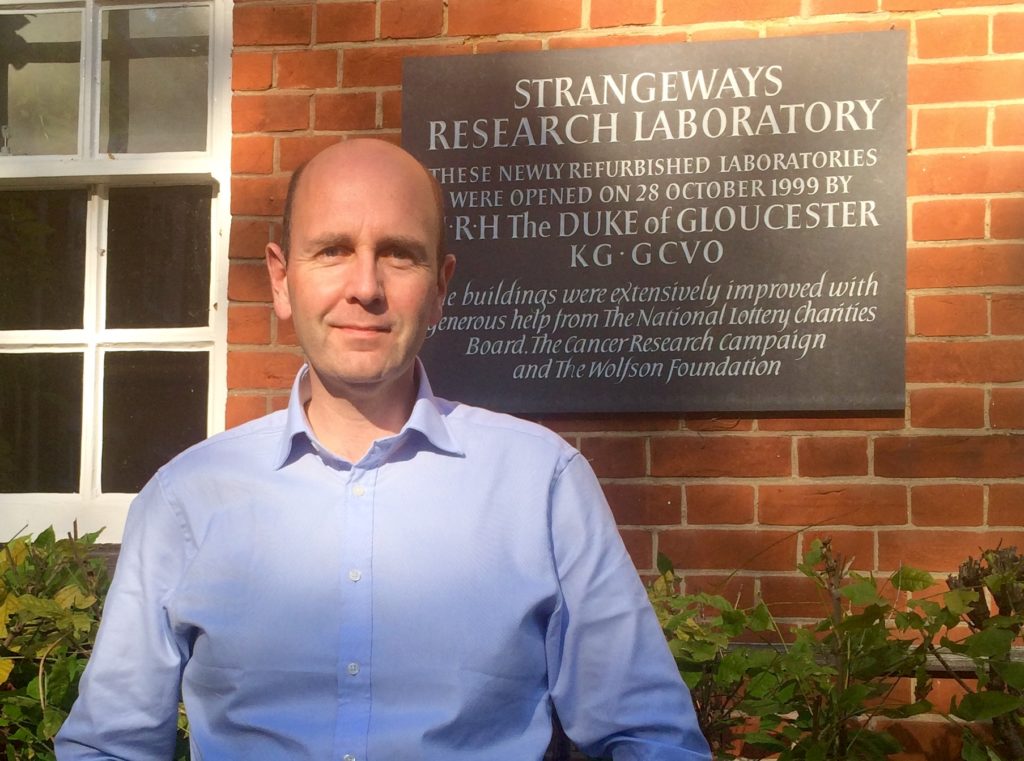Rune Aakvik Pedersen er førsteforfatter på en nylig publisert studie i BMC Family Practice med tittelen «Stroke follow-up in primary care: a Norwegian modelling study on the implications of multi-morbidity for guideline adherence». Studien har undersøkt graden av multimorbiditet blant pasienter som har gjennomlevd hjerneslag.

Forskerne fant at alle pasientene som deltok i studien hadde multimorbiditet, definert som minst to samtidige kroniske sykdommer av en liste på 40. Gjennomsnittlig hadde pasientene 4,7 kroniske lidelser. På denne bakgrunnen har forskerne så modellert hva det vil kreve av oppfølging i allmennpraksis hvis retningslinjene for hver enkelt av disse kroniske tilstandene skal følges.
Artikkelen trekker fram tre eksempler på oppfølgingsregimer: ett eksempel hvor pasienten har få samtidige lidelser, ett som representerer gjennomsnittet og ett som representerer de pasientene med størst sykdomsbelastning, målt i antall samtidige sykdommer. Forskerne fant at oppfølgingsopplegget ble utfordrende selv for de pasientene med lavest sykdomsbelastning . For pasienter med et høyt antall samtidige sykdommer er oppfølgingsregimet åpenbart uhåndterlig. I diskusjonen introduserer forskerne begrepet « lege-pasient forholdets kapasitet,» en akse for analyse og forståelse som så langt har fått liten oppmerksomhet i utviklingen av kliniske retningslinjer.
